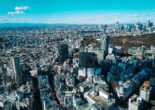Photography has always been my avenue for self-expression and creativity. Let me share my personal journey and some tips to get you started.
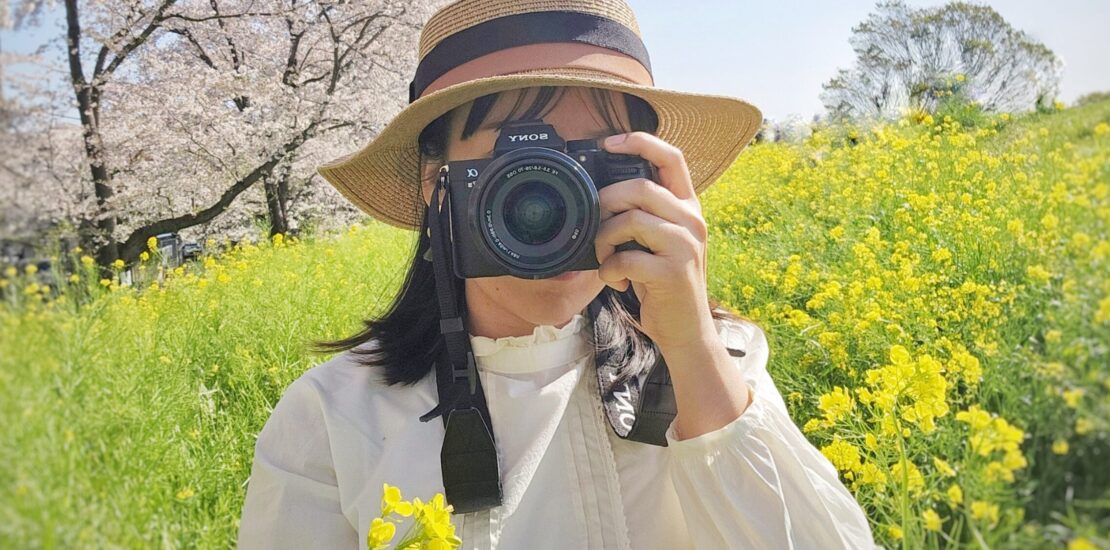
How I Fell in Love with Photography
My interest in photography began when my university professor asked our class to use a film camera for a school project. Our task was to find a location and capture the best photo. At that time, film cameras were already considered outdated. People opting to use their smartphones to take pictures were steadily increasing—mainly due to its portability and functionality.
Nevertheless, I was thrilled to rise up to the challenge. I unearthed my film camera, loaded it with a film roll, and went to my target location. The process was truly fascinating. From trying not to waste a single shot to seeing the processed photos—it was a memorable and rewarding experience.
In 2010, I received my first digital camera from my dad—an Olympus uTough 3000. It didn’t have the best image stabilization, but it trained me to have steady hands. I rarely traveled when I was in the Philippines, so my first training ground was our farm in Cavite where I snapped photos of flowers and fruit trees.
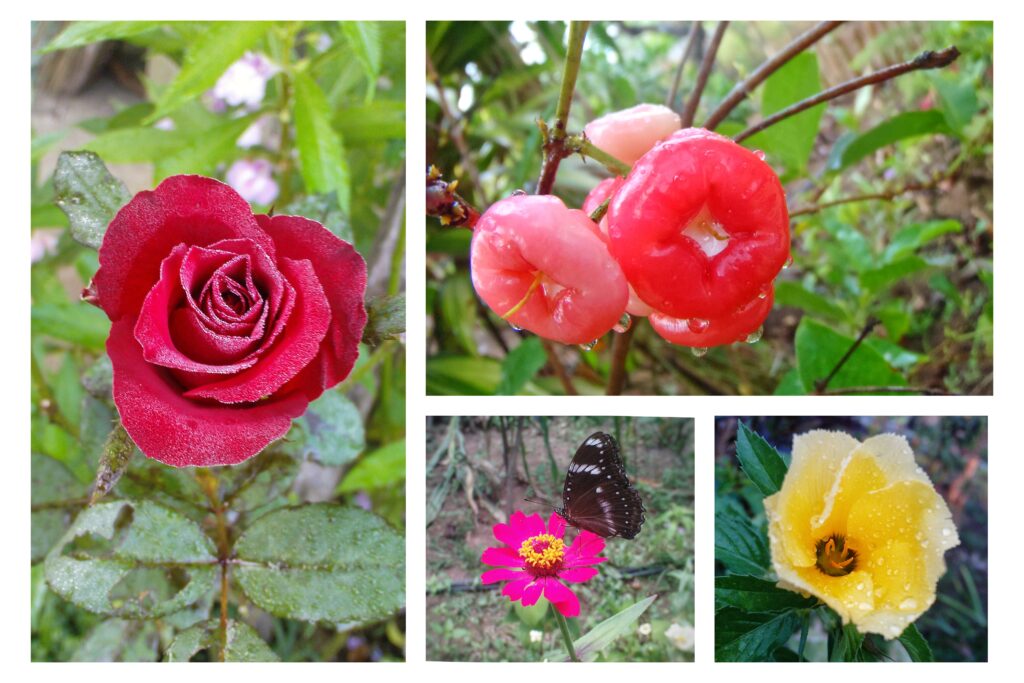
Aside from the digital camera that I have, my family owns a Canon EOS 600D (a DSLR camera) that I occasionally borrowed to take photos of food and random objects. In 2015, I purchased my first mirrorless camera, a secondhand Sony a5100, to document my trip to Singapore. After 6 years, I upgraded my gear to Sony a7III.
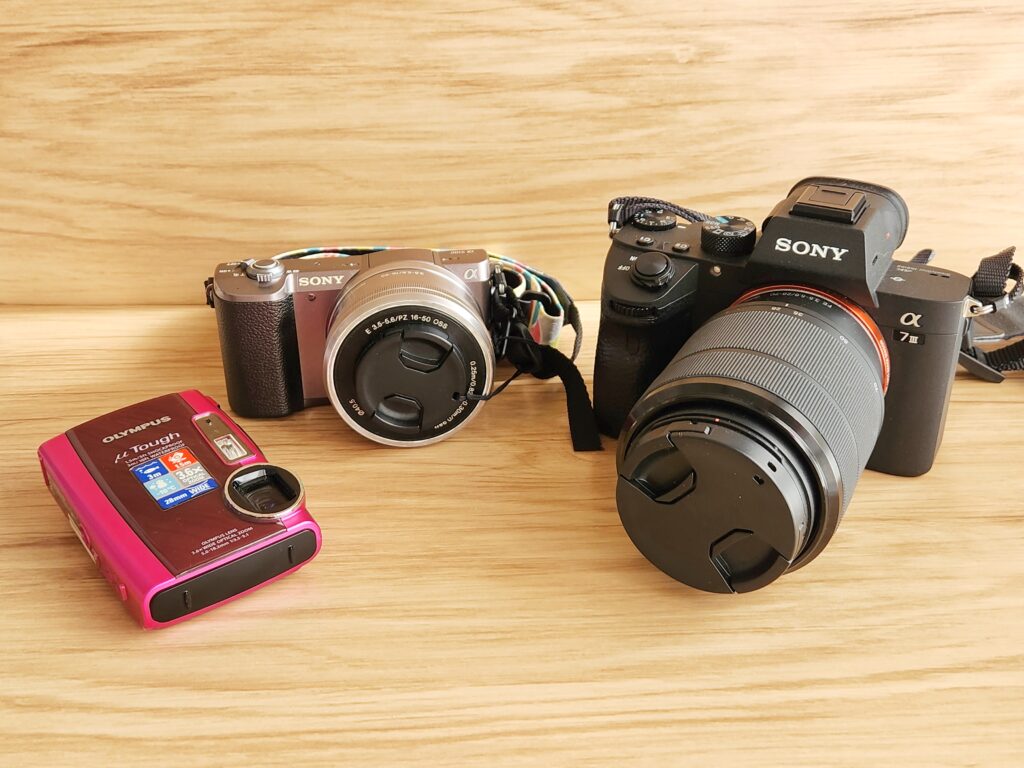
Having handled all these devices, I became familiar with how they function and what images they produce. With practice, my skills immensely progressed overtime.
In 2016, my dream of working and living in Japan became a reality. Since then, I’ve been always itching to travel. Not only because I want to see new places, but also to keep my creative juices flowing through photography.
Using Japan’s Four Seasons to Your Advantage
Spring and autumn are my favorite seasons to capture the stunning views of Japan. The ephemeral beauty of multicolored trees and mountains never fails to amaze me. Here are some photographs I have taken in the past:
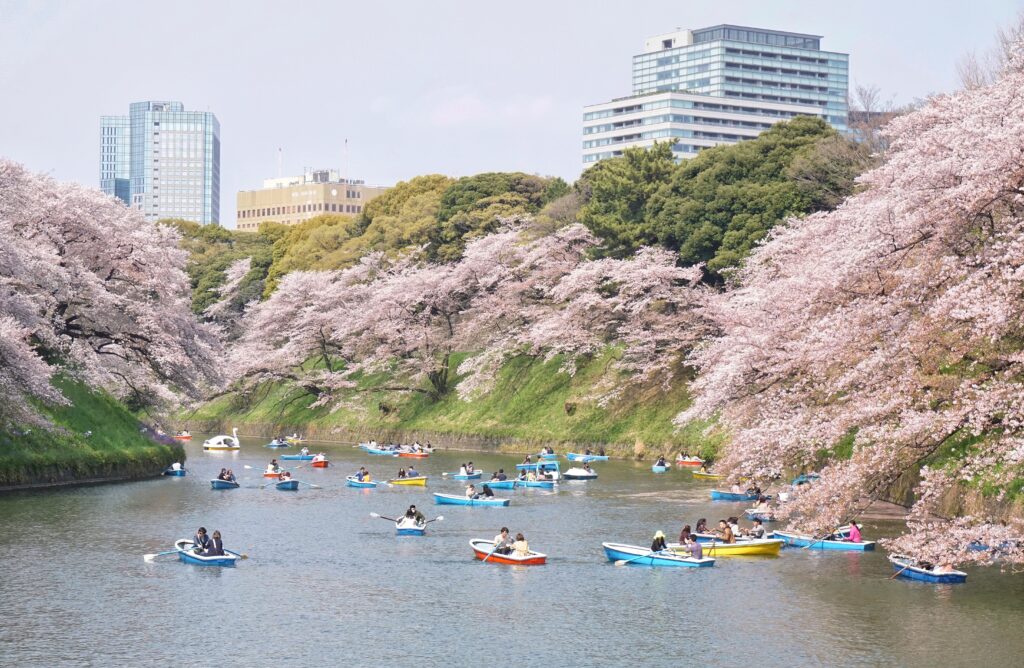
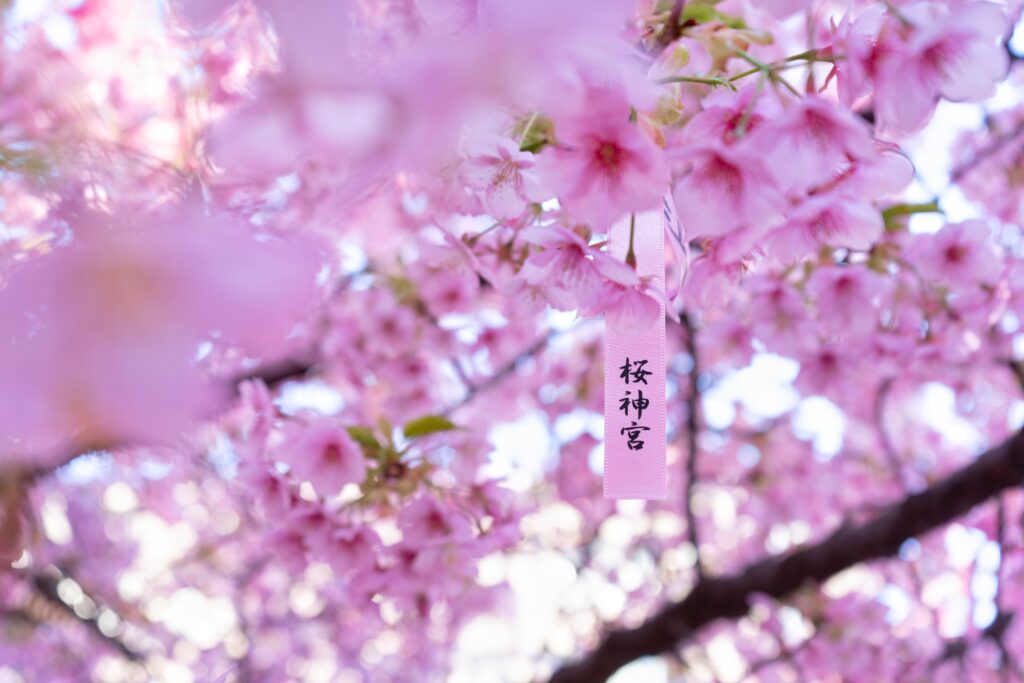
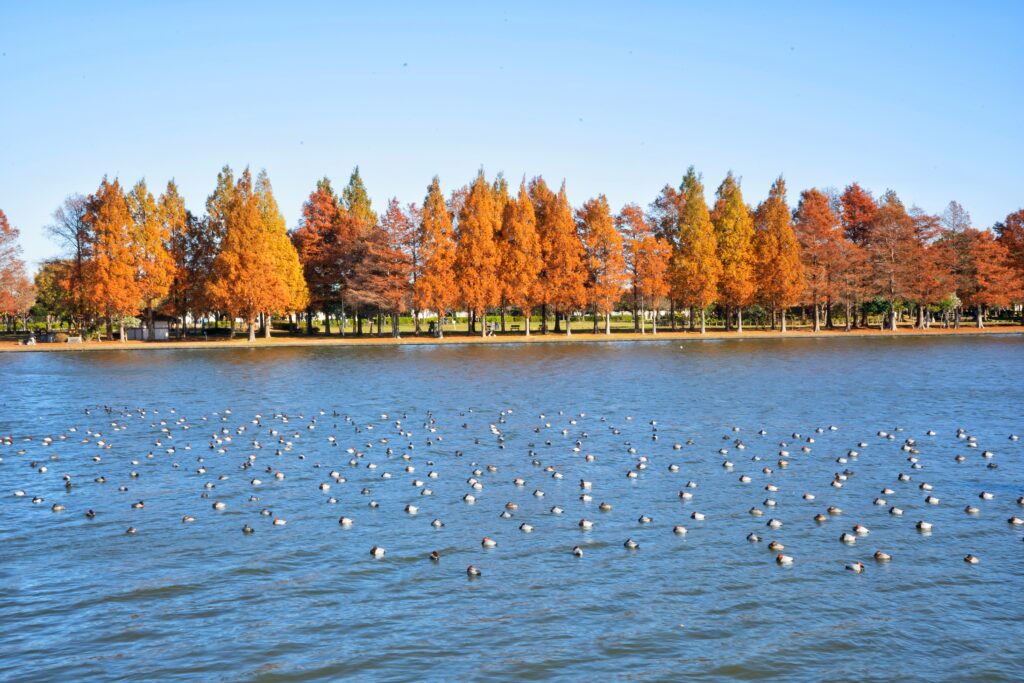
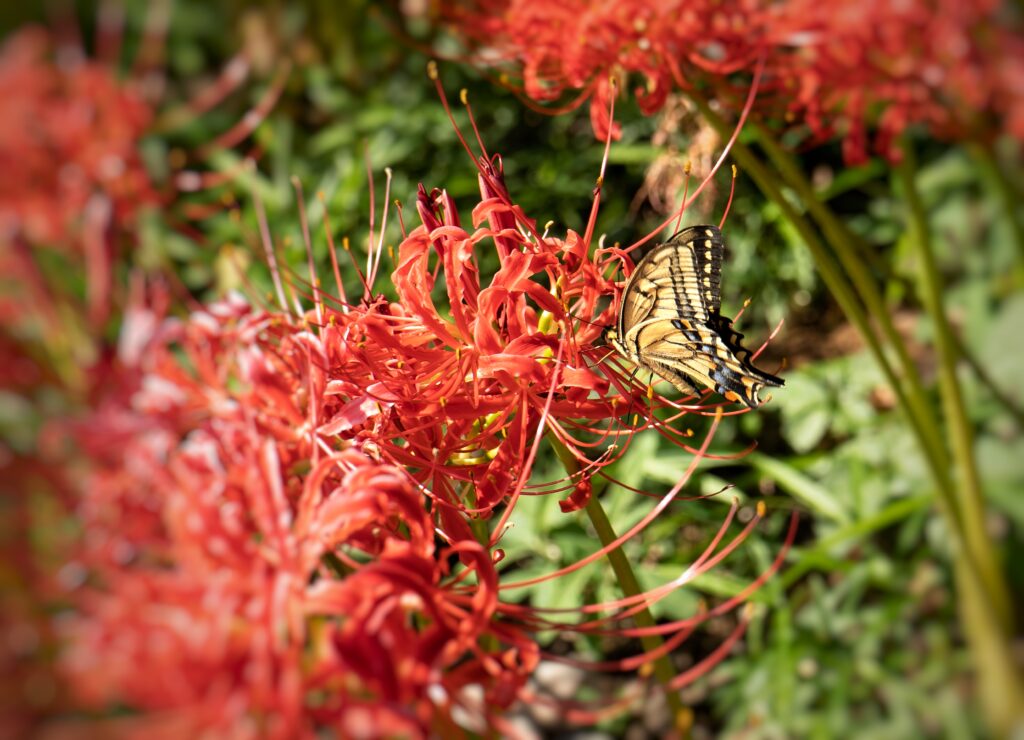
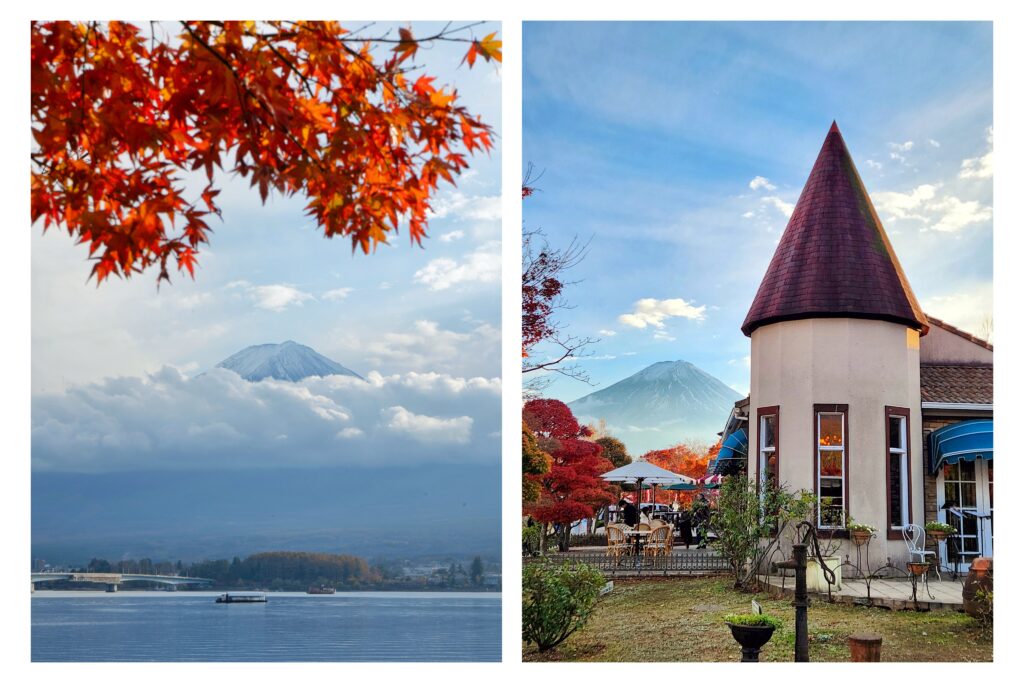
Summer and winter seasons have their own unique charm as well. Summer in Japan is abounding with festivals, fireworks, good food, and fun in the sun. Winter, on the other hand, brings an enchanting feel with its delicate snowflakes and crisp blanket of snow covering the streets.
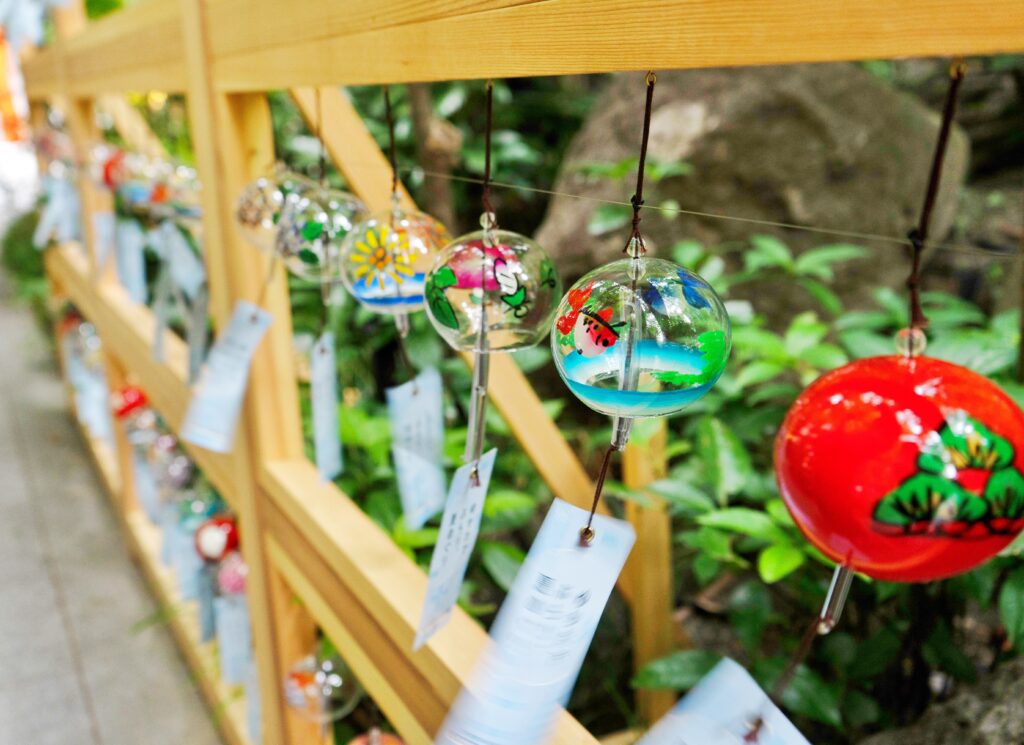
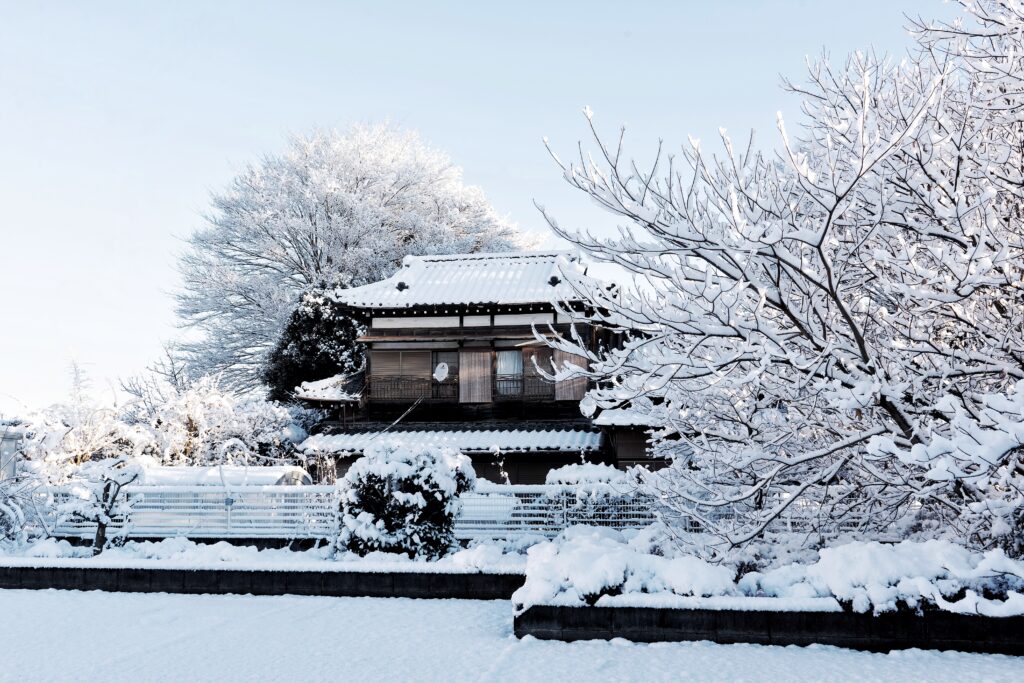
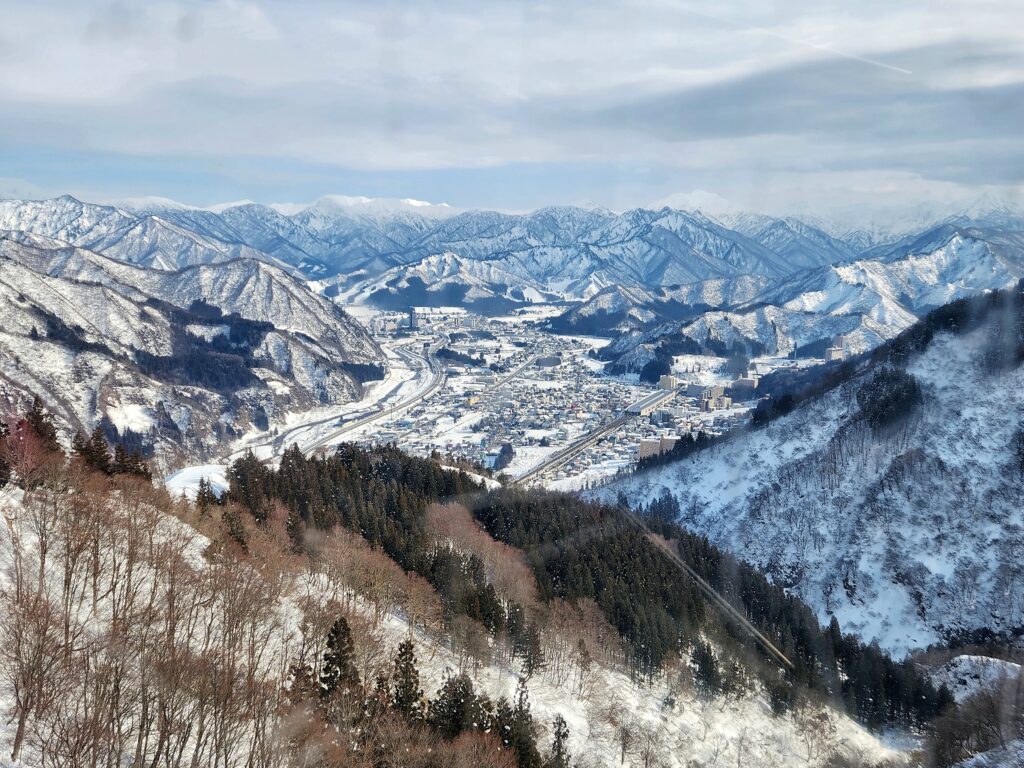
How to Find a Good Location in Japan
Instagram Reels
This might be obvious but IG Reels help me find great shooting locations. And thanks to its algorithm, I have stumbled upon underrated destinations and hidden gems.
Free Travel Guides and Brochures
Free travel guides and brochures contain useful information such as 1-day itineraries, trending places, and upcoming events. You can grab a copy at airports, tourist information centers, and train stations. Travel guides written in Japanese are more updated and you can simply use the Google app to translate the texts.
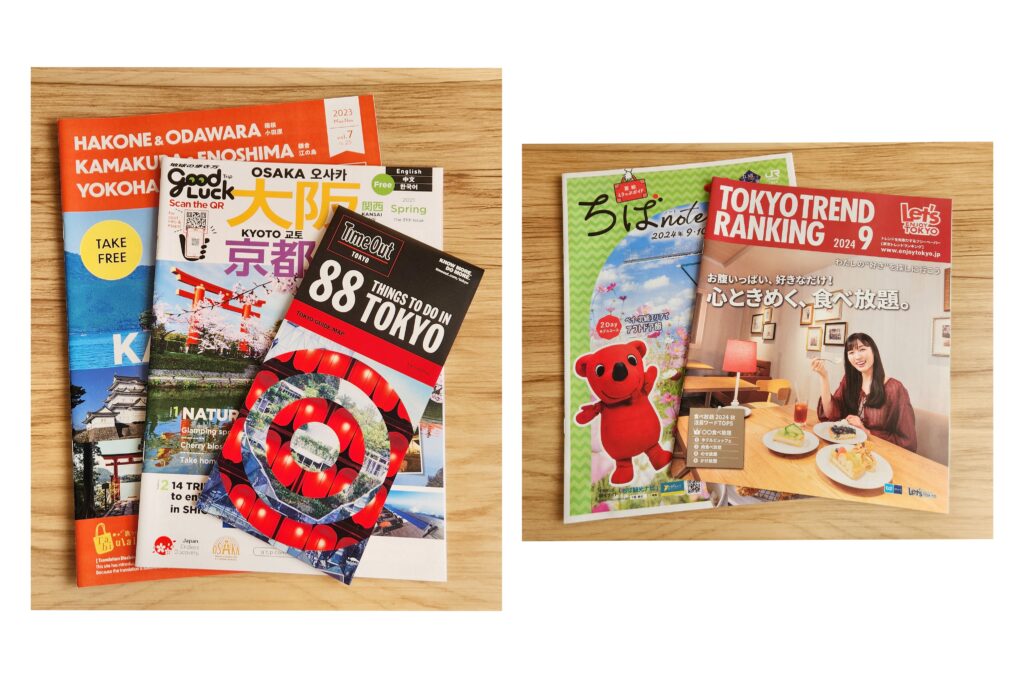 Bulletin Boards at Train Stations
Bulletin Boards at Train Stations
Don’t just go past bulletin boards at train stations. They usually put up posters announcing seasonal events and festivals. Just recently, I saw a poster of the summer fireworks festival in my city and I was able to capture these photos:
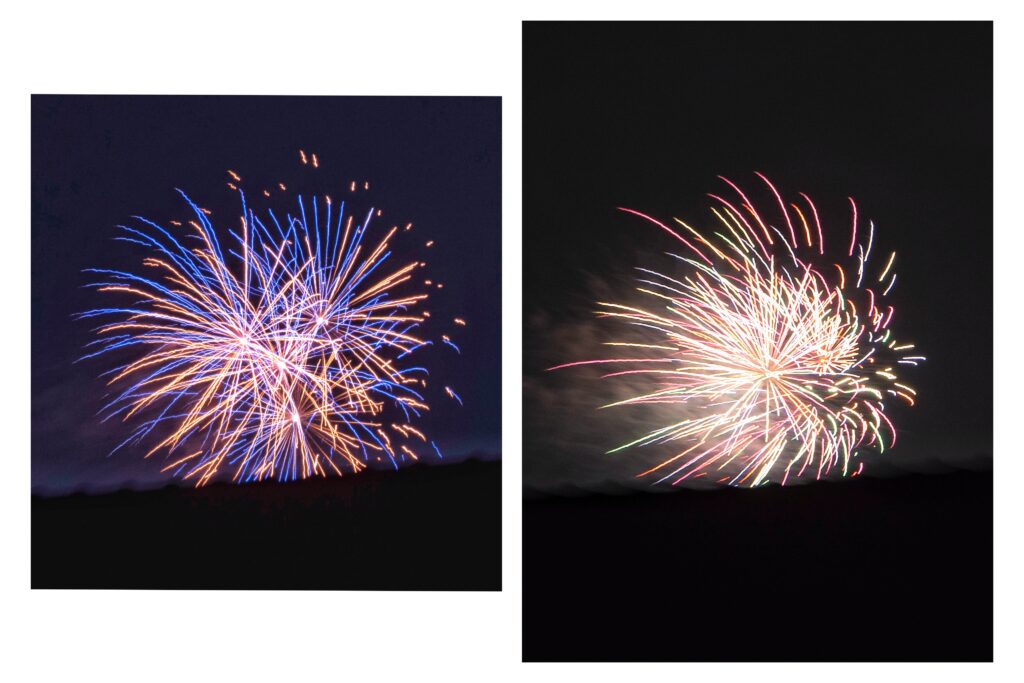
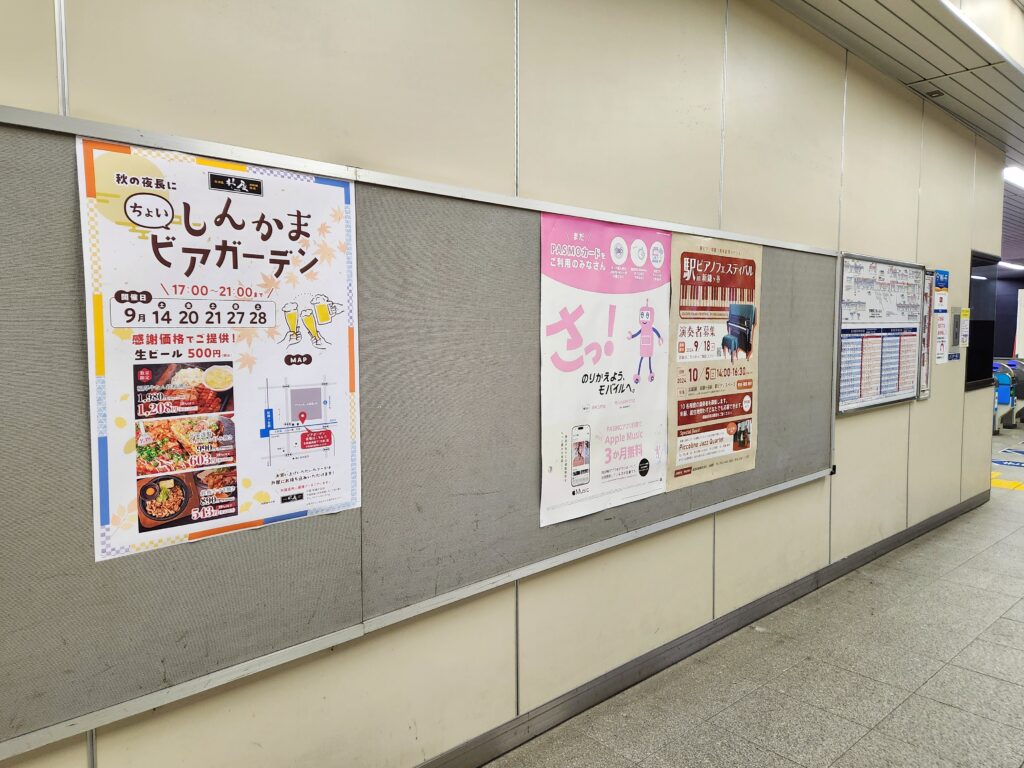
Asking the Locals
No one knows a city more than its locals. This is one of the best ways to discover the less-touristy spots in Japan.
Exploring Your Neighborhood
You don’t have to travel far to get that perfect shot. Parks and gardens are common in Japan that you can always find a place to practice and to sharpen your observation skills.
Embarking on a Spontaneous Trip
In the past, I felt a sense of regret when I failed to follow my itinerary. But I realized that it was a blessing in disguise. Letting go of my plans had brought me to unique places I had never dreamed of.
Photography Tips for Beginners
Here are the things I’ve learned through the years as a photography enthusiast.
-
Practice with what you have in hand
It doesn’t matter if you only have a smartphone or a point-and-shoot camera. At the end of the day, skill is more important than the medium. Hone your craft and familiarize yourself with what you have. Use your camera to its full capacity. Try taking photos of objects that have an interesting shape or color. Look for eye-catching patterns. Experiment with angles (bend your body like a cat, if you have to). Ask a friend to be your model if you’re into portrait photography. There are many ways to get better. Don’t hesitate and just push that shutter button.
-
Know your camera
Don’t skip reading the user manual. It will help you navigate through the basic parts, special features, and settings of your camera. Otherwise, you will find yourself struggling to operate your device or worse, missing a photo opportunity.
-
Don’t be pressured to buy additional lenses
If you’re a beginner, it’s not practical to buy all the sophisticated (and costly) lenses recommended online. Honestly, I almost fell for it. But looking at my photos, I realized that my kit lens was enough. Though it’s true that having a better lens leads to more impressive photos, it is rather crucial to focus on improvement first.
-
Escape the auto mode trap
When I was a newbie, I relied too much on the auto mode* function that I got extremely disappointed when my photo turned out either underexposed or overexposed. I shall clarify that there’s nothing wrong with using the auto mode, especially for starters. But to be able to capture artistic photographs, the next step is to switch to manual mode. The main reason is that auto mode limits creative control. Your camera decides everything for you, hence you can’t raise your expectations. More often than not, you won’t achieve your desired output.
*auto mode: this is when the camera automatically adjusts all the settings (aperture, shutter speed, and ISO) for your shot
-
Master the trinity of photography: aperture, shutter speed, and ISO
To give a simple explanation, aperture controls the degree of background blur in a photograph. The shutter speed freezes fast moving objects or captures motion with a blur. And, the ISO brightens or darkens a photo. Knowing how to balance these three will help you create your ideal image.
-
Learn from the pros
In this day and age, it is easy to find professional photographers online. They usually have their own YouTube channel or Instagram account. Some even hold workshops where they share some tips and tricks. You can learn a lot online by attending workshops, watching video tutorials, and scrolling through digital portfolios.
-
Purchase a pocket guide or print cheat sheets
Pocket guides and cheat sheets, which can be easily stashed in a camera bag, provide a quick walk-through of composition techniques and exposure settings. These handy guides help you adjust your camera settings correctly to get the best photos.
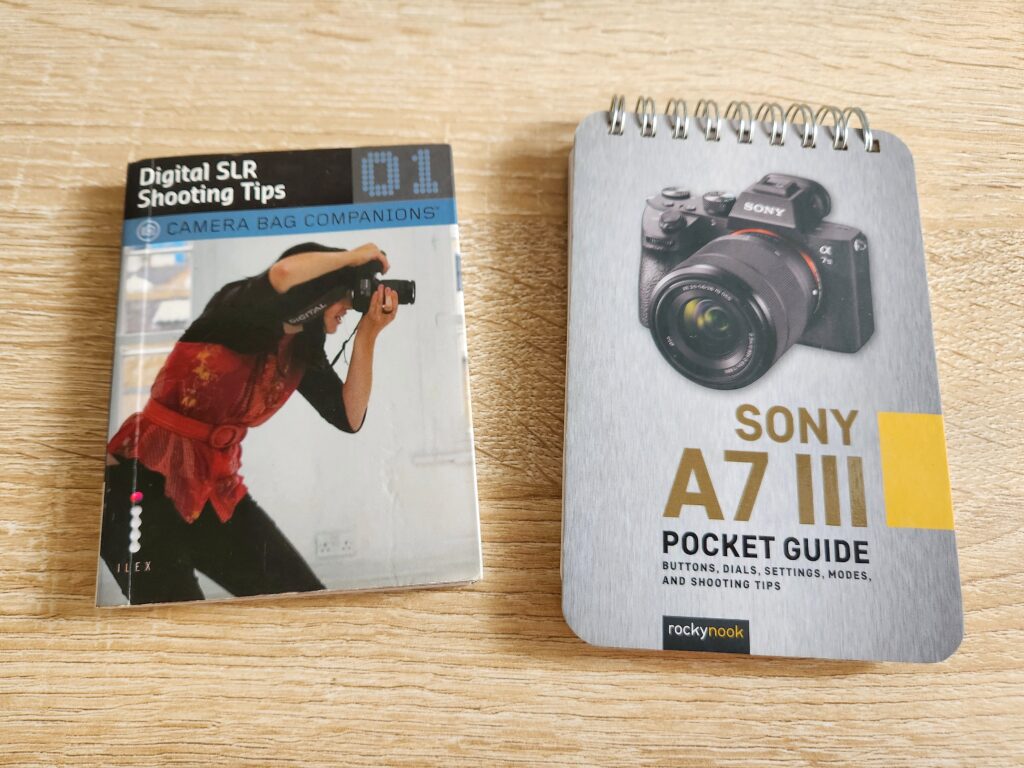
Where to Buy a Camera in Japan
-
Yodobashi Camera
Yodobashi Camera is an electronic hub that offers an extensive selection of cameras and photography gear. They have many locations in Japan, but two of their biggest branches are in Akihabara and Shinjuku.
-
Kitamura Camera
Kitamura Camera sells vintage cameras, lenses, and secondhand gear. Their branch in Shinjuku is a photography haven with 7 floors worth exploring.
-
Map Camera
Located in Nishishinjuku, Map Camera has a wide array of models from top makers like Canon, Nikon, Fujifilm, Sony, Olympus, Panasonic, Leica, and more. They sell used cameras and photographic equipment in mint condition.
-
Amazon Japan
Most cameras that are made in Japan only have Japanese menus. One of the ways to get an international version/overseas model is to purchase online. Since it comes with a risk, make sure to check the reviews and only buy from a reputable seller.
-
Loft Shibuya
On the basement floor of Loft Shibuya, you can find film, disposable, and polaroid cameras. They also sell cute straps to spruce up your gear. If nostalgic-looking photos is your cup of tea, you should definitely check this place out.
How Photography Transformed My Personal Perspective
Delving into this hobby has taught me to see the beauty in simple things and to appreciate the wonders of nature. For me, photography is an art form—an outlet for artistic expression and discovery. When I take photos, I can capture fleeting moments and preserve memories that I can revisit in the future. Every snapshot is a painted canvas that I want others to marvel. My goal is that through photography I can inspire people to explore new horizons and to start their own artistic pursuits.

